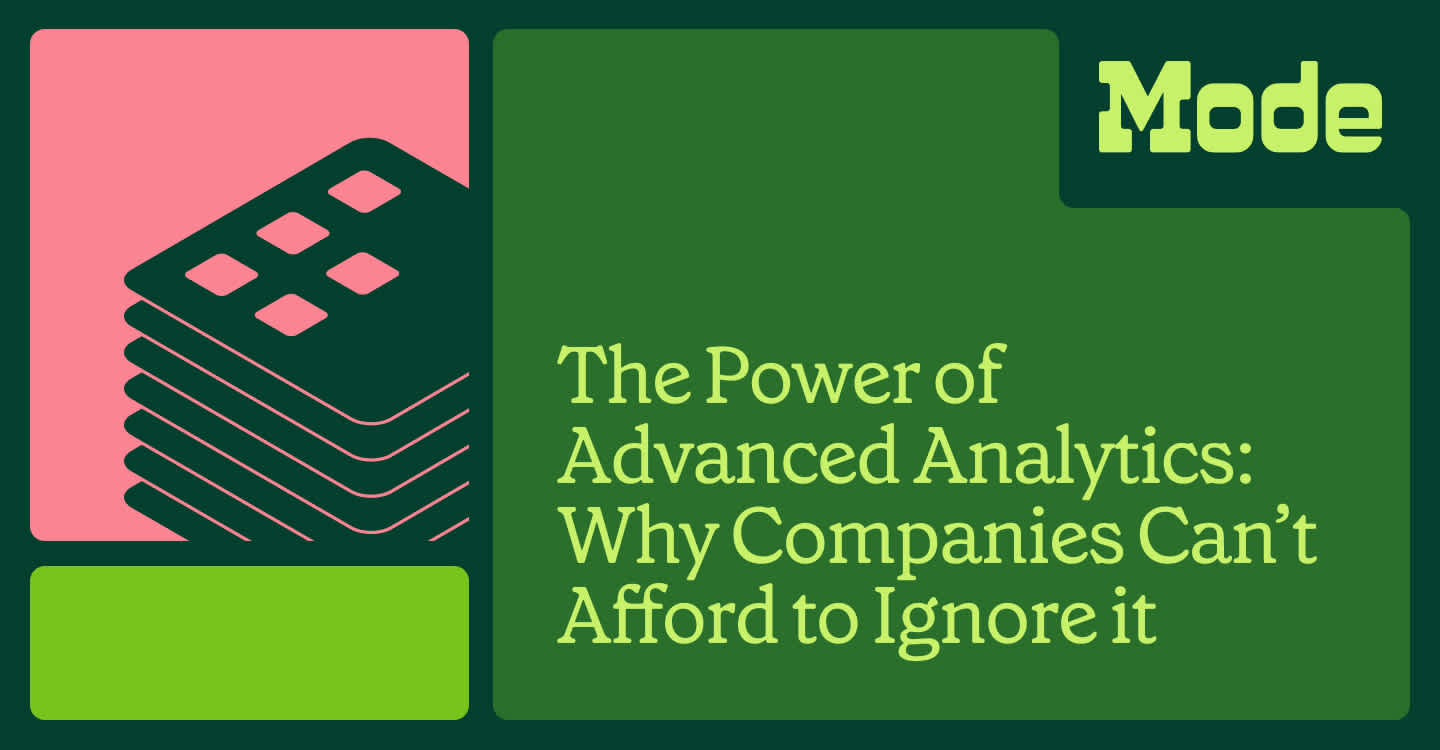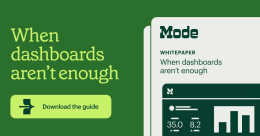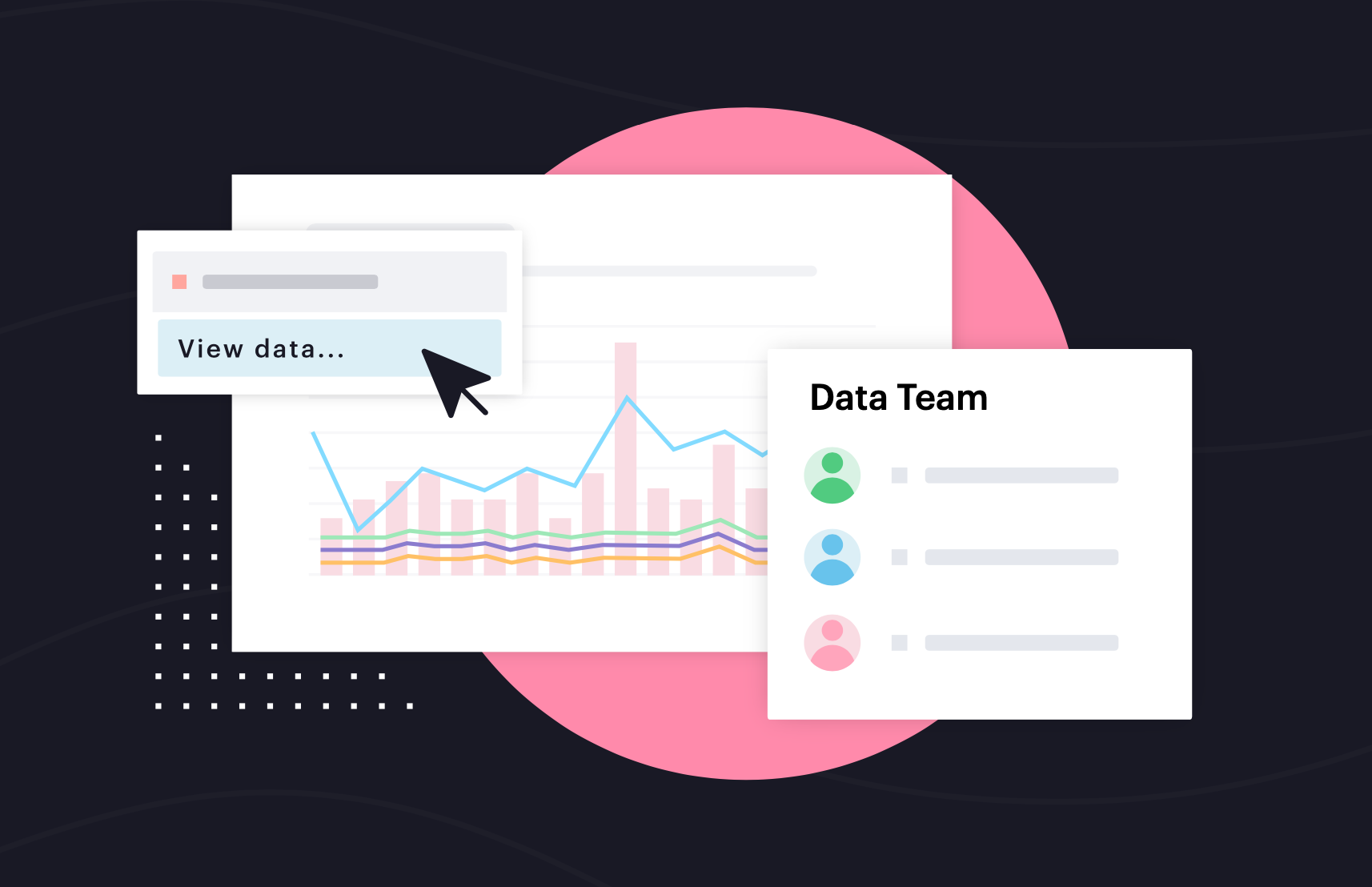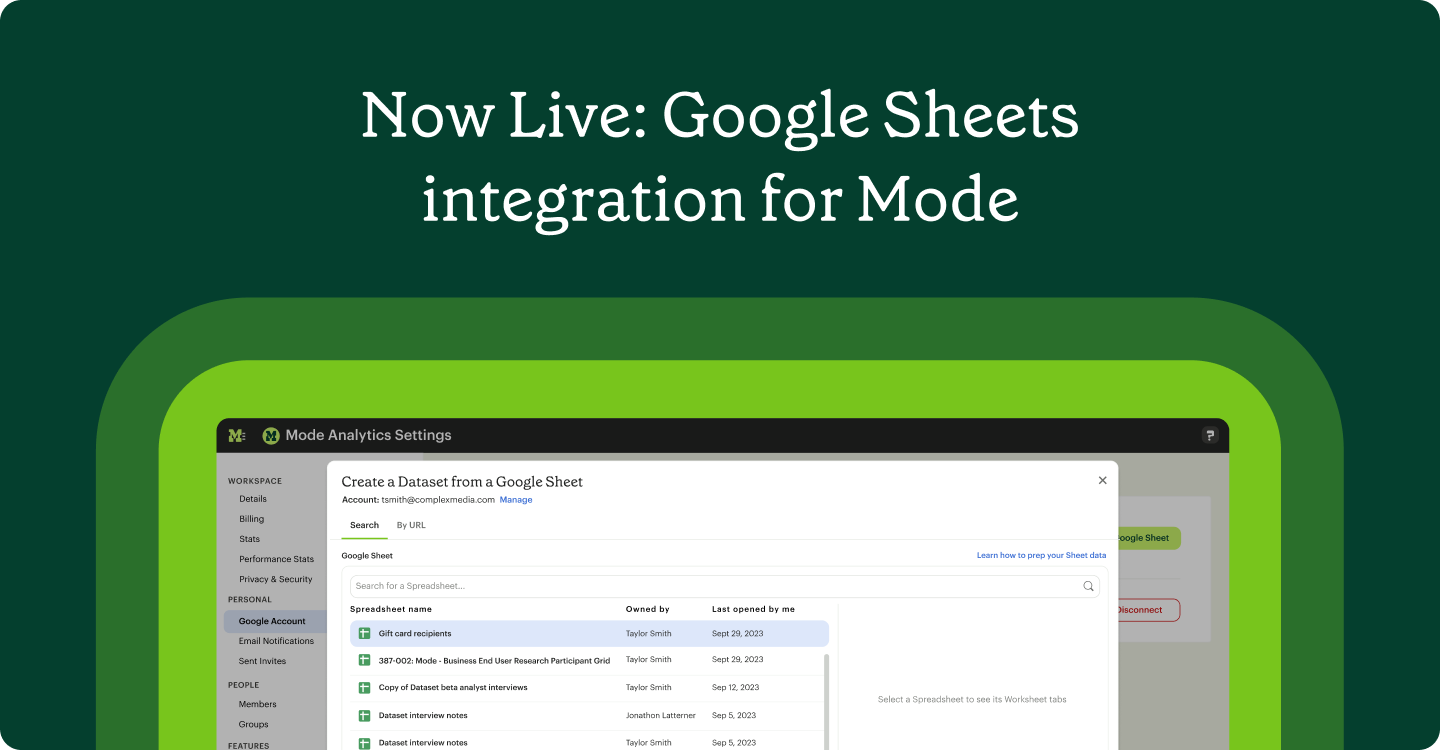The Power of Advanced Analytics: Why Companies Can’t Afford to Ignore it

Lucas Stewart, Mode team writer
March 27, 2023
NaN minute read

What is advanced analytics?
Advanced analytics is a general term to encapsulate a wide range of data analysis methods including predictive analytics, diagnostic analytics, machine learning, semantic analysis, sentiment analysis, clustering, and more.
It often requires more advanced tools like Python and R and as a general rule, is the analysis you can’t reach just from rearranging data on a dashboard.
Advanced analytics is often used to solve complex business problems, like:
What’s the relationship between support tickets and customer retention?
Should we build a freemium product?
Which markets should we invest in during COVID?
What should our next priorities be in our product roadmap?
Did our product launch lead to higher retention?
Why are advanced analytics necessary for data-driven companies?
Basic business dashboards can be useful for seeing a snapshot of data, or insights “at a glance.” However, the natural corollary to looking at a dashboard is typically for the viewer to make a gut-based decision about what to do.
Advanced analytics surface the most actionable insights because they get to the root cause of a business problem.
Advanced analytics is the new competitive edge in business intelligence, because it augments business dashboards to become actionable. This makes it essential for self-service analytics.

When Dashboards Aren't Enough
In this paper, we look at three business problems that ad hoc analytics provides solutions for.
Examples of advanced analytics for decision-making
While every team still needs its core dashboards of KPIs to show general performance, the most critical ways team performance can be improved are often hiding below the surface.
Here are some of the most common advanced analytics types, and how business teams leverage them:
Predictive analytics - Predictive analytics itself can cover a range of business use cases. One of the most common and critical use cases is predicting customer churn. As customer success teams will tell you, spotting churn risk in advance is much more useful than addressing churn once a customer is out the door. Cutting-edge customer success and marketing teams are using Mode to build predictive churn models to treat churn risk before it’s too late.
Prescriptive analytics - Many predictive use cases can present their outputs as prescriptive analytics. Prescriptive analytics (covered at length here) answers “what might happen?” with “what you should do about it.” Often, this means 1:1 treatments. For example, a dynamic price or a personalized offer for a particular user, predicted at scale. Prescriptive analytics can be critical for marketing or sales teams who need to take proactive action on prospects and customers daily.
Dynamic pricing - What is the ideal pricing for this segment of users? In the new world of product-led growth and direct-to-consumer-based ecommerce, sales and merchandising teams can maximize control and accuracy in their forecasts with dynamic pricing.
Conversion likelihoods - What is the conversion likelihood of new visitors? Conversion likelihood is one of the most basic, yet wide-ranging examples of advanced analytics for everything from converting on an email newsletter to a demo request.
Cohort analysis - What clusters of users are appearing in my data? With advanced segmentation, marketing or product teams can learn about specific cohorts appearing in their data, without having to spend months on trial and error doing manual segmentation.
Content personalization - One step beyond segmentation, personalized user journeys can provide a massive boon to ecommerce, marketing, and mobile teams. Automated personalization, often prefaced by cohort analysis or segmentation, can also be a great way for product teams to test features.
Fraud and risk detection - Finance teams often use custom predictive models to help mitigate the number of fraudulent transactions occurring in their checkout process.
Keyword extraction - Keyword analysis can reveal critical qualitative insights for teams like human resources who need to understand how people are feeling. Take it a step further, and natural language processing can deliver analysis on top of this data.
Advanced analytics projects like these will lead to a maze of insights and new questions every time, which is why it’s important to have a BI tool that also lets you do flexible ad hoc analysis.
Beware of advanced analytics siloes
As you can see from the list of examples above, advanced analysis powers all kinds of teams with actionable and detailed insights. So, where appropriate, advanced analysis should be discoverable and explorable so that others can access the same insights and ultimately build collective intelligence.
But advanced analysis requires tools like R, Python, and open source libraries and without a BI tool that has a high technical ceiling, data teams are required to take that analysis in separate Notebooks—that are inaccessible by business teams.
You don’t want information and insight be relegated to a select few. The work that data teams do should be at the center of business—not in a siloed tool.
(Ahem… enter, Mode.)
With Mode, advanced analytics capabilities are collaborative and native to the platform, so the deeper analytics work your data teams take on can drive your business appropriately further.

Get analytics for your company's next big initiative
Learn how Mode can help in a curated walkthrough.
Use cases of advanced analytics
To bring the concept down to earth (although, we do recommend performing advanced analytics in the cloud), we’ve rounded up some real-world examples of data teams driving their organizations forward with advanced analytics.
Improve your operational efficiency
Good Eggs, an online grocery market, has use advanced analytics to help everyone in the company—from the warehouse to the C-suite—improve operational efficiency, increase order accuracy, and better connect with customers. The Good Eggs team built a data application in Mode that lets the team track and analyze delivery and warehouse operations down to a fraction of a second. This has improved individual performance and has helped inform forecasts that help keep inventory at equilibrium. Read the story.
Fine-tune your pricing
Pricing your product well is important, and dashboards aren't going to help you understand the complex interactions between price, adoption, and conversion. DoorDash wanted to test a new pricing algorithm that they hoped would lead to better distribution of demand. The plan was to test a form of surge pricing that would reduce delivery volumes during busy hours while incentivizing delivery drivers to pick up more orders.
The company decided to run more complex experiments and analyze the results to avoid the “network effect,” which is a challenge that hinders A/B testing in marketplaces by making it harder to isolate variables. This type of testing requires a great deal of customization, well beyond what a default A/B test dashboard can handle, but they were able to do it in Mode. Read the story.
Discover the cause of a product user drop in real-time
A well-known consumer app suddenly saw a drastic dip in activity on one of its dashboards and used Mode to find the answer in raw data. User activity at this company often translates to immediate revenue, so dismissing it as chance wasn’t an option.
They first reviewed dashboards to find the root cause for the rapid churn they were seeing, but failed to do so. As a next step, they quickly pulled raw data from their database with Mode and the data team did some advanced analysis which uncovered the issue: it was a bug that was causing users to rapidly drop off. Being able to quickly access raw data helped them resolve the problem and was the difference between losing revenue for hours instead of days.
Advanced analytics can give your company a competitive advantage
Advanced analysis can result in some of the most important decisions for a business. When it can be done easily in a BI tool, then data-driven insights can go miles deeper in an organization. Learn more about how Mode powers advanced analysis.

How to Lead from The Center: A Guide for Data Leaders
Learn how to unlock a trusted data experience across your org.
Get our weekly data newsletter
Work-related distractions for data enthusiasts.




